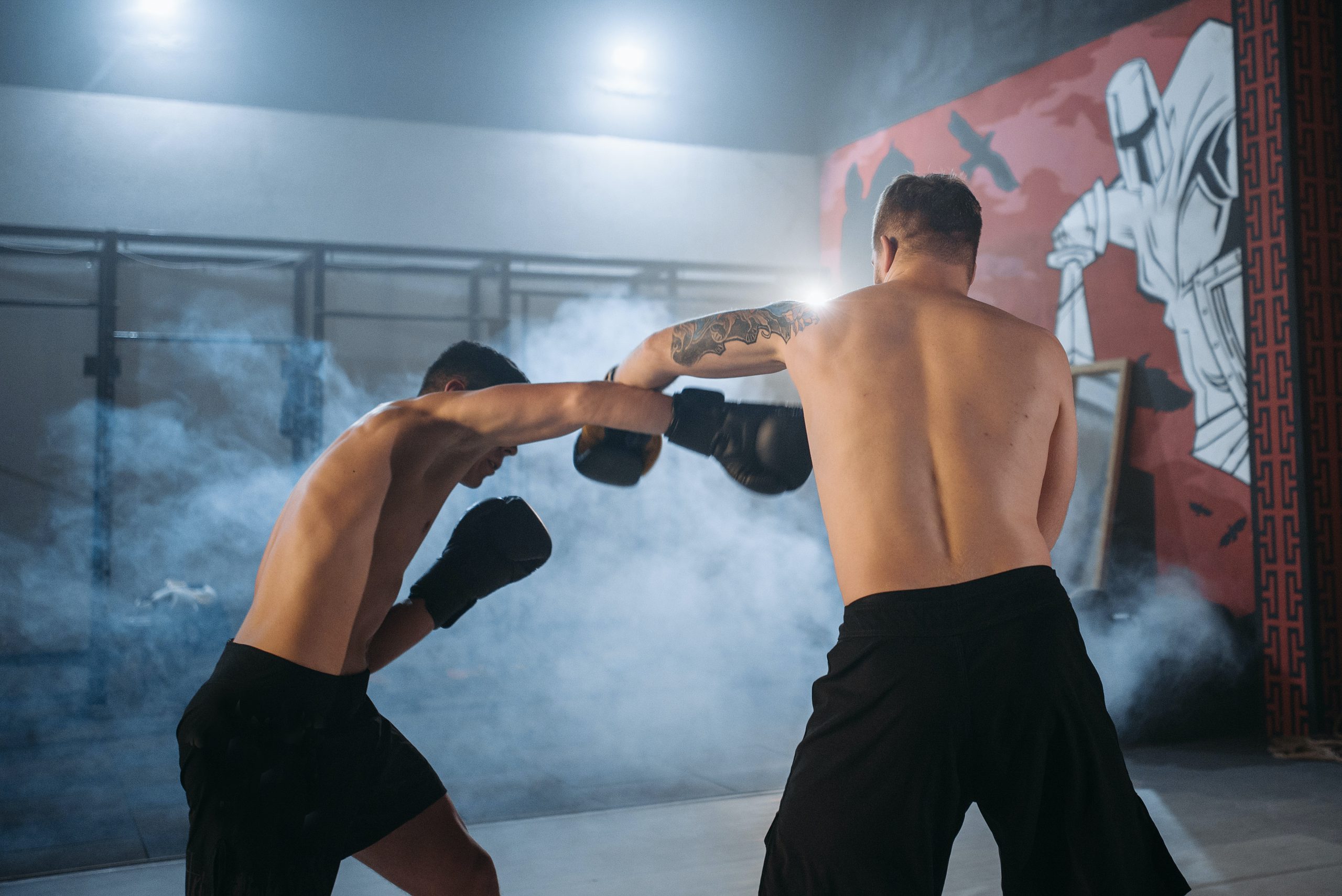
The self-defense community has evolved a bunch even in the few years I‘ve been involved in it exclusively. Now, it‘s important that we distinguish and define who and what I‘m talking about. There are those out there in what is considered the níche of Combatives, that may also classify themselves as self-defense experts.
That is not who I’m talking about. They are usually former doormen, bouncers, law enforcement, jailers, security professionals, bodyguards, former FBI and CIA, special operators, etc. Again, not my reference point. They are largely irrelevant in real life unless you’re also in one of those professions.
They are great instructors for getting your aggression on, advocating that you stay in a state of hyper-vigilance. You‘re always searching for the sideways look, or a body language signal to tune in on, watching for triangulation, and scanning the horizon for threats. The kind of mentality you need to survive in those environments.
They often have a training regimen that can lead to a constant spiking of your cortisol levels and a general mistrust of everything and everyone that is unique. These guys and gals may talk in a foreign language consisting of OODA Loops, various kinds of awareness, fear management, and threat management.
Let‘s not forget the guys out there teaching their unique, one-of-a-kind, special sauce, sure-fire, special key unlocking our animal mind, guaranteed physical solutions.
Well…It‘s good to believe in something. It gives us hope—even if it’s bullshit.
Rage on folks. Rage on.
Then there’s the martial arts instructor who is teaching self-defense as a simplified version of whatever martial art they fancy. Maybe they are teaching Karate, Kung-Fu, Pencak Silat, Brazilian Jiu-Jitsu, Boxing, or whatever. They mostly only deal with the act of a physical altercation and rarely deal much with anything else. Again, not my reference point.
What about things like Krav Maga? They can fit into either of the previous depending on the instructor or lineage. But might fit another níche known as Military Combatives. You can do the leg work on other examples of those.
The list is long—and predominately statistically irrelevant. Can we gain things from them that are valuable? In a way. There are whole books written that cover a lot of it to death. My first book on general self-defense addresses a lot of the low-hanging fruit from them and utilizes concepts across the spectrum.
I’m guilty of trailing down that path for a while myself as I tried to get up to speed. As I did so I started to realize that it was mostly incongruent with the needs of the people that statistically need it the most. Largely it‘s pointless information for them. Oh… it might help to keep you from getting mugged, or having your phone stolen, or some other irritation, but that‘s barely a statistical blip as far as violence perpetrated against people is concerned.
Yes, a value in the moment, but the statistics are weighted heavily for violence being perpetrated by an intimate partner, a family member, a co-worker, friend, or acquaintance. It’s rarely an issue that even offers the opportunity for OODA Loops, most of the awareness types (including situational), and threat management.
In fact, it would rarely even lead to a need for physical self-defense. It’s true. Most often, particularly when it’s a family member or friend, you’re not likely to resort to violence even if you have the means. And what about things like situational awareness?
Well… if you consider that there is most often a grooming process involved, the situation is understood well ahead of time, modified slowly, accepted as it changes, and goes relatively unnoticeable to most, including the intended victim.
When the time for the Survival Event (our term) occurs, it‘s most often going to be sudden, unexpected, and may or may not actually offer you many opportunities for resistance.
So who are we talking about? Statistically speaking the victims most likely to deal with violence are women and children between the ages of 12-24 with a rapid increase from the ages of 16 to 23. Then it rapidly declines. (Why? I have a few theories about that.)
By the time it’s gotten to the point of perpetration there’s often a lot of mixed feelings, shock, self-doubt, fear, shame, guilt, respect for authority, trust, attraction, and even pleasure. It’s not as simple as having a known enemy that you have no emotional attachment to.
Let‘s also not forget the entire circumstance leading up to the abuse is often manipulated. There might be self-worth issues the victim is being raised with, or more tangible factors that come into play: paychecks, careers, and a lack of support network. Let‘s not forget the play of alcohol and drugs.
From my perspective, self-defense statistically speaking, needs to focus on building healthy people who recognize what healthy relationships look like. Sprinkle that with navigating what a healthy environment is, and you‘ve got the greatest way to reduce your risk of facing and even perpetrating violence on others—physically and emotionally.
At Firebrand Alliance it’s our belief that personal safety (and most of life) is most often benefitted by self-awareness, communication, trauma healing, boundary setting, boundary enforcement, self-regulation, conflict communication, emotional resilience, support network building, and personal health skills.
Essentially being trained up in what healthy relationships look like so as parents, mentors, coaches, we can pass the skills on to our children. It is the fruit of real personal safety.
There are two ways to do that. One is to identify what unhealthy looks like. Much of what we see out there teaches about what‘s unhealthy. Another approach is to work on what healthy looks like.
As relationship educators it is our job, to reframe self-defense. To start being honest with those who want help rather than having them chase the myths perpetuated by those who happened to show up first. It‘s time to do this smarter.
Does that mean there’s never a need for some of those other skills? Absolutely not. You should absolutely develop some basic physical skills for example.
That is an extreme aspect of boundary enforcement, but expecting little 12-year-old Suzy to bash grandpa in the face (or claw, or elbow, or hit) when he’s been grooming her for years and her first attempts at communication went unacknowledged—is not going to happen.
Here‘s another truth for you. Most people survive violent acts of all kinds with 0 training. Hell… people live in unhealthy and violent relationships their whole lives (long or short). What is going to serve them more? OODA Loop, awareness training, physical violence, or a good support network?
Ask yourself, as an educator, “am I being honest with myself and my clients?”
I could go on and on but I’ll stop before it’s no longer a blog post.
Coach Sean
Firebrand Alliance Co-Founder

